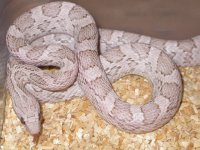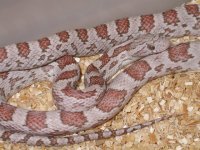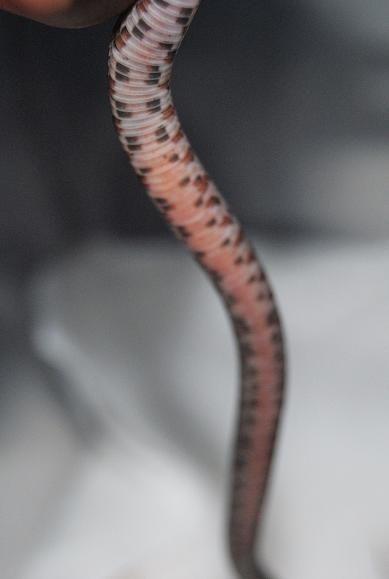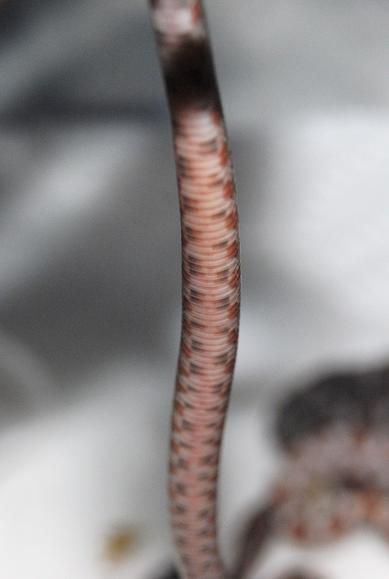DuxorW
Derailer of Threads
Yeah I just hope it all makes sense, I don't know everyone's background knowledge in genetics and it even gets me confused sometimes because I am not this type of geneticist. I'm using really informal terms and descriptions to make it as accessible as possible, but other geneticists might shake their head.
If for our purposes there are only two kinds of W chromosomes, one that suppresses recombination with Z near the cinder locus and one that does not, then this can simply be traced through pedigrees through the maternal lines. Ie, from a female to through her maternal grandmother through her maternal great grandmother etc. Basically it would mean that if you have a female that is throwing both sexes, you wouldn't have to worry about her female descendants tracing down the MATERNAL line inheriting a W chromosome that is a suppressor. That normal W chromosome, whether cinder or not, will be passed down to her daughters, and to her daughters daughters, etc.
If the factor causing suppression is on the Z chromosome, it gets complicated. There would be Zs and Z chromosomes. A male with a suppressor Z would not show a skewed sex ratio in his offspring. But he could give that suppressor Z to half of his daughters. If those daughters are het cinder they will show skewed sex ratios in any cinder offspring they have. But if they are mated to a male that does not have the suppressor Z, they could produce het cinder daughters that no longer have the suppressor Z and will thus have a normal sex ratio of cinder offspring. Whew!!! It gets even more incomprehensible if the factor suppressing recombination can itself move from Z to W and back again, but I find this unlikely.
If for our purposes there are only two kinds of W chromosomes, one that suppresses recombination with Z near the cinder locus and one that does not, then this can simply be traced through pedigrees through the maternal lines. Ie, from a female to through her maternal grandmother through her maternal great grandmother etc. Basically it would mean that if you have a female that is throwing both sexes, you wouldn't have to worry about her female descendants tracing down the MATERNAL line inheriting a W chromosome that is a suppressor. That normal W chromosome, whether cinder or not, will be passed down to her daughters, and to her daughters daughters, etc.
If the factor causing suppression is on the Z chromosome, it gets complicated. There would be Zs and Z chromosomes. A male with a suppressor Z would not show a skewed sex ratio in his offspring. But he could give that suppressor Z to half of his daughters. If those daughters are het cinder they will show skewed sex ratios in any cinder offspring they have. But if they are mated to a male that does not have the suppressor Z, they could produce het cinder daughters that no longer have the suppressor Z and will thus have a normal sex ratio of cinder offspring. Whew!!! It gets even more incomprehensible if the factor suppressing recombination can itself move from Z to W and back again, but I find this unlikely.




